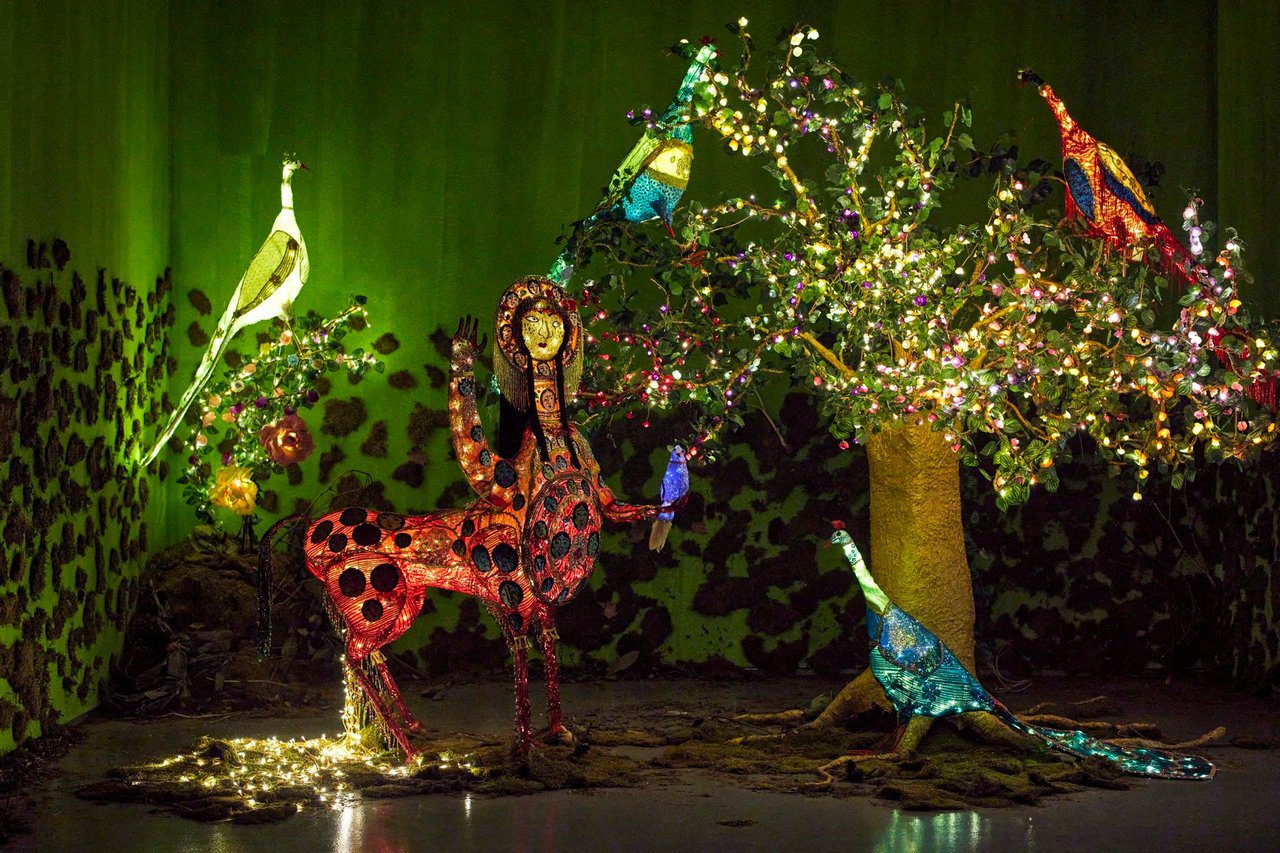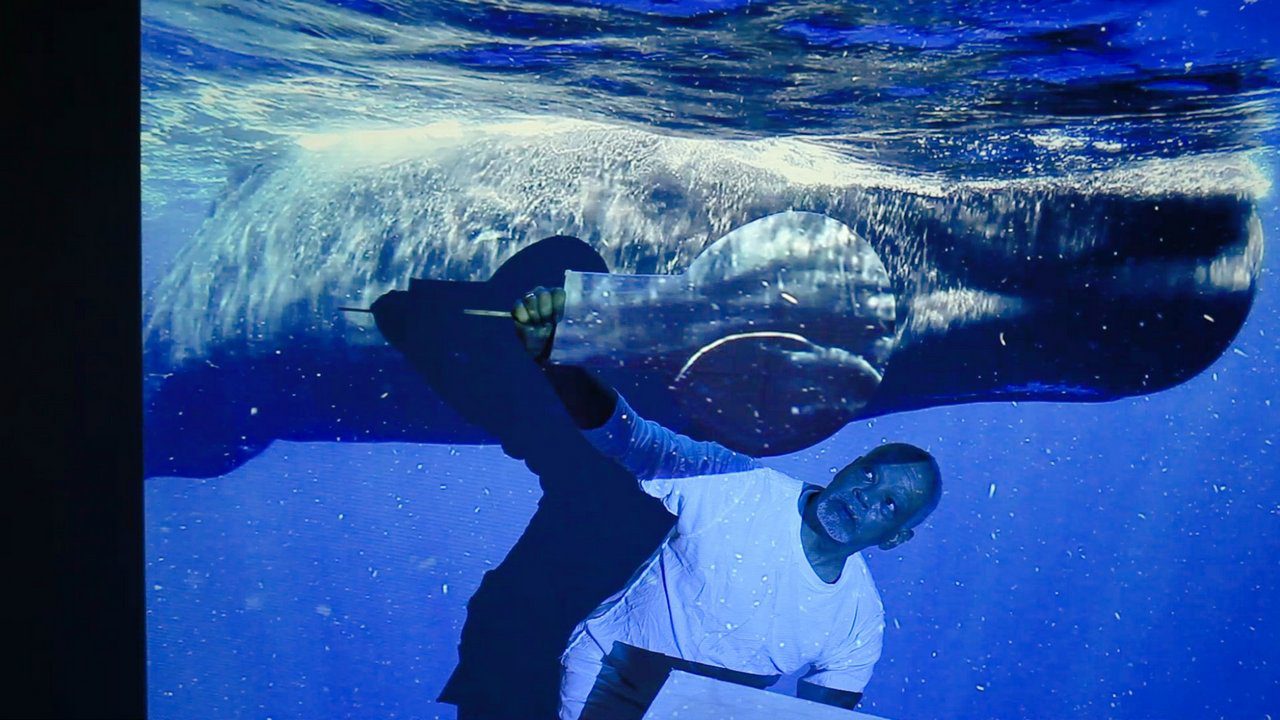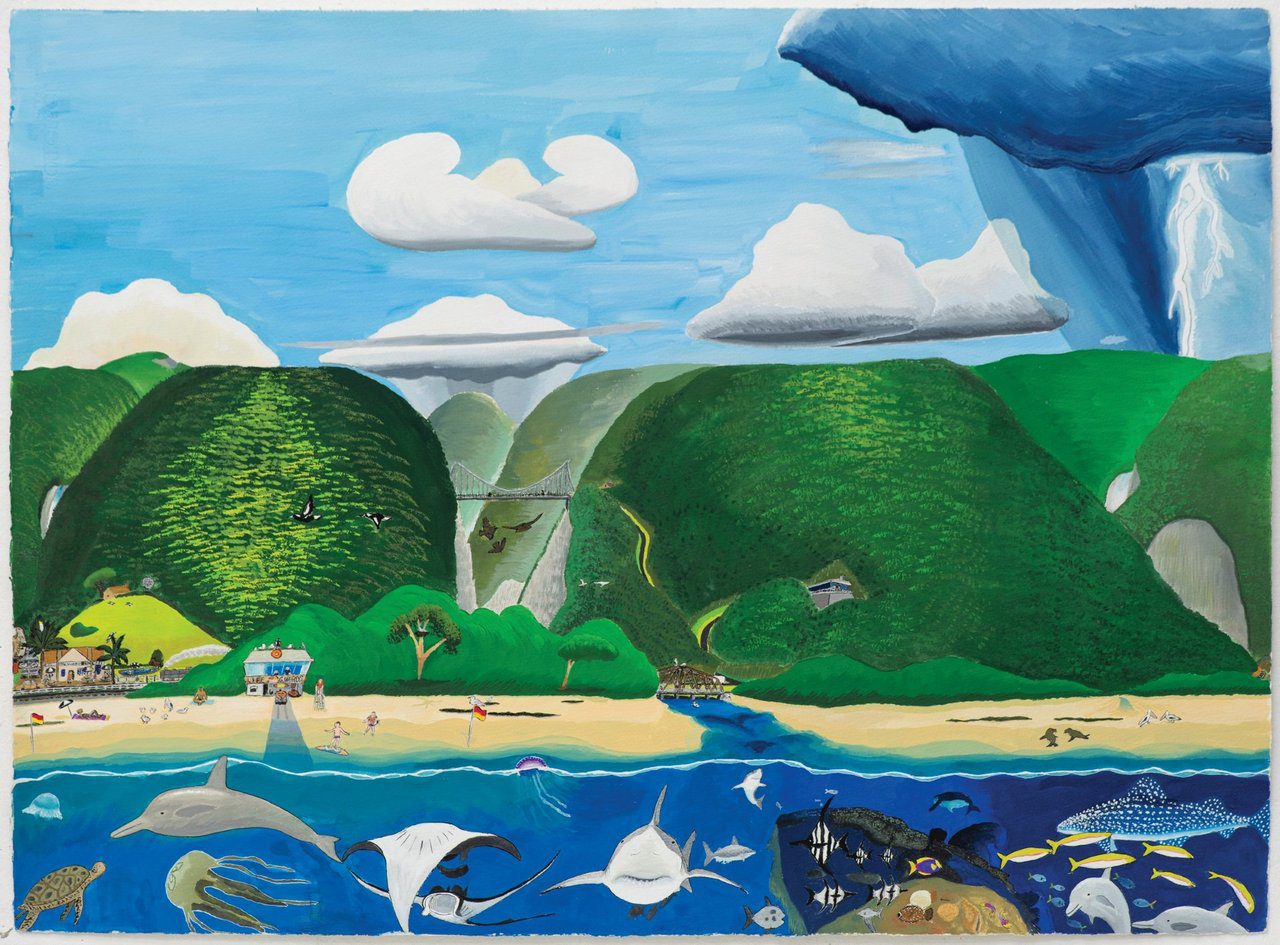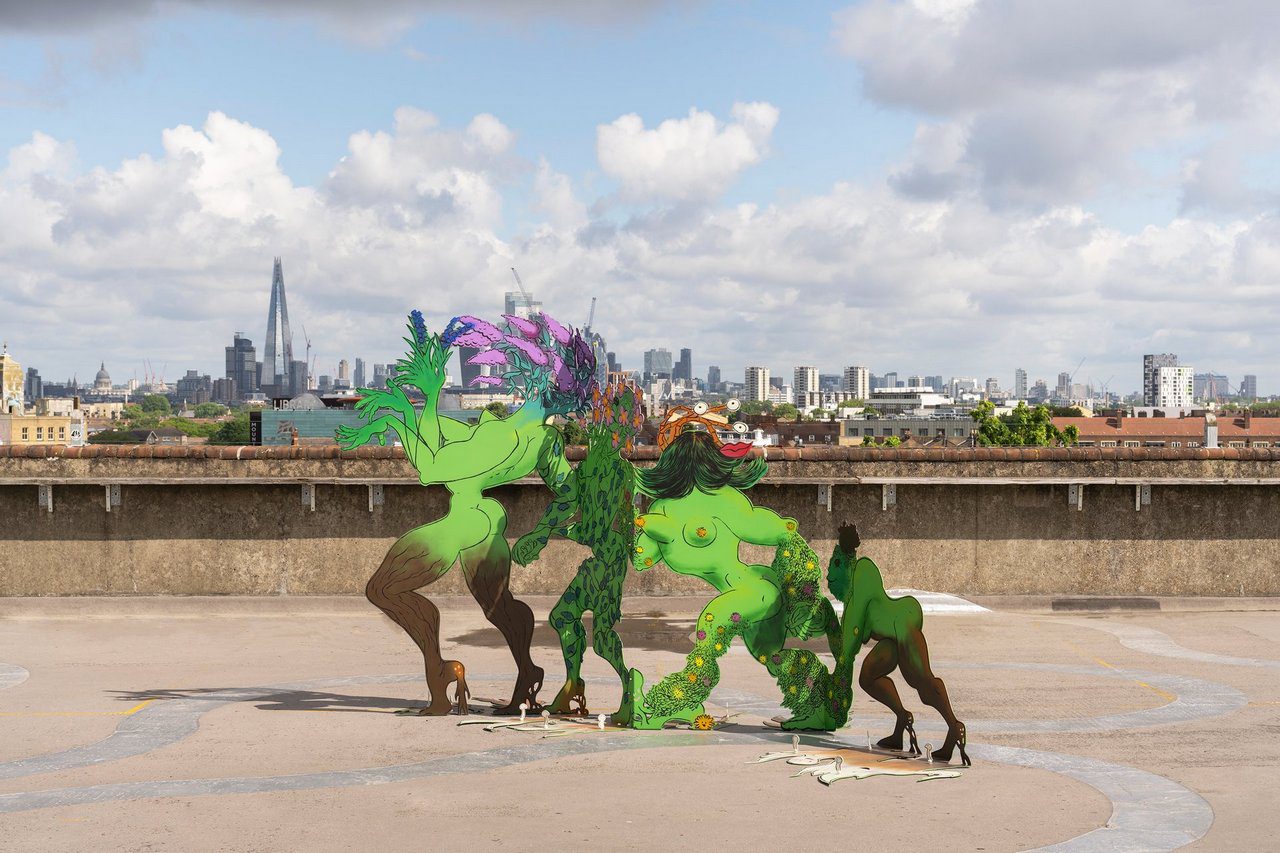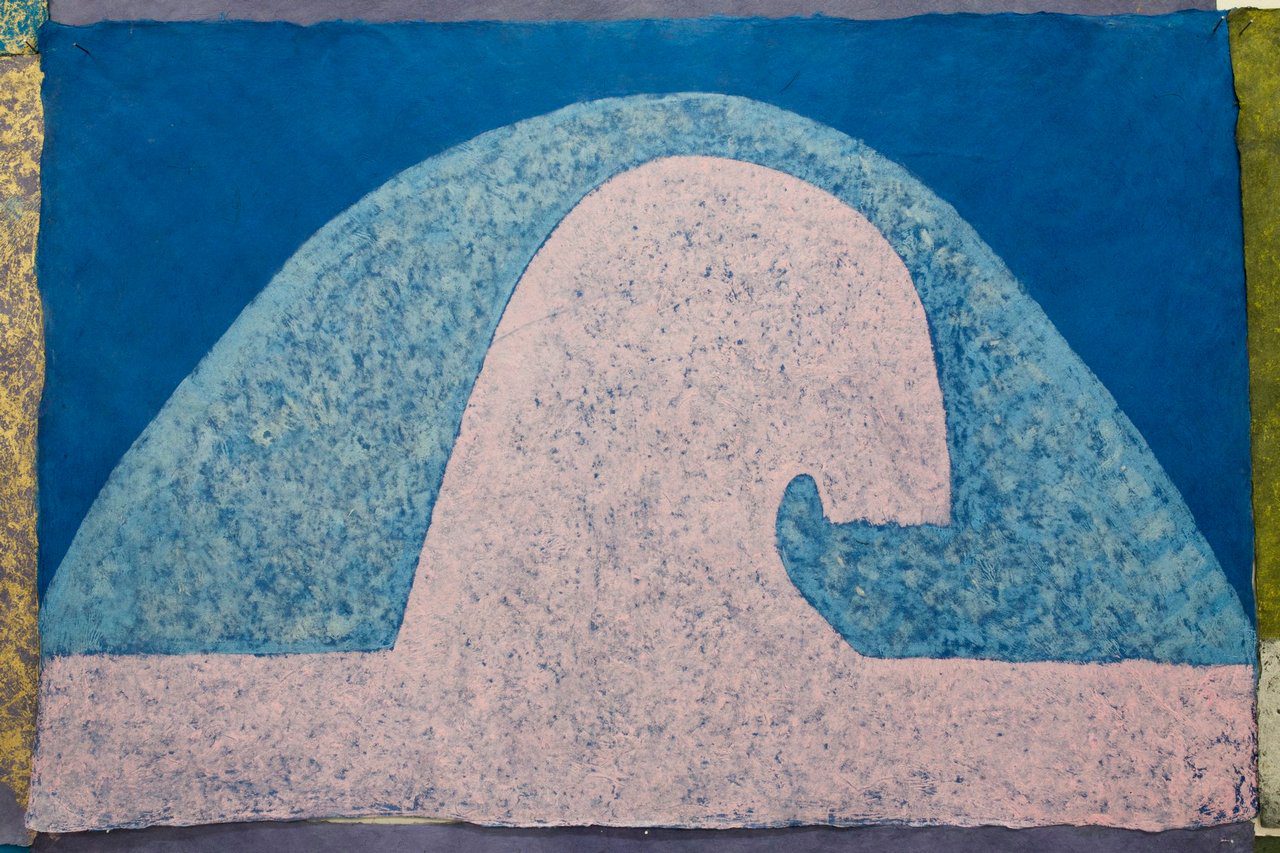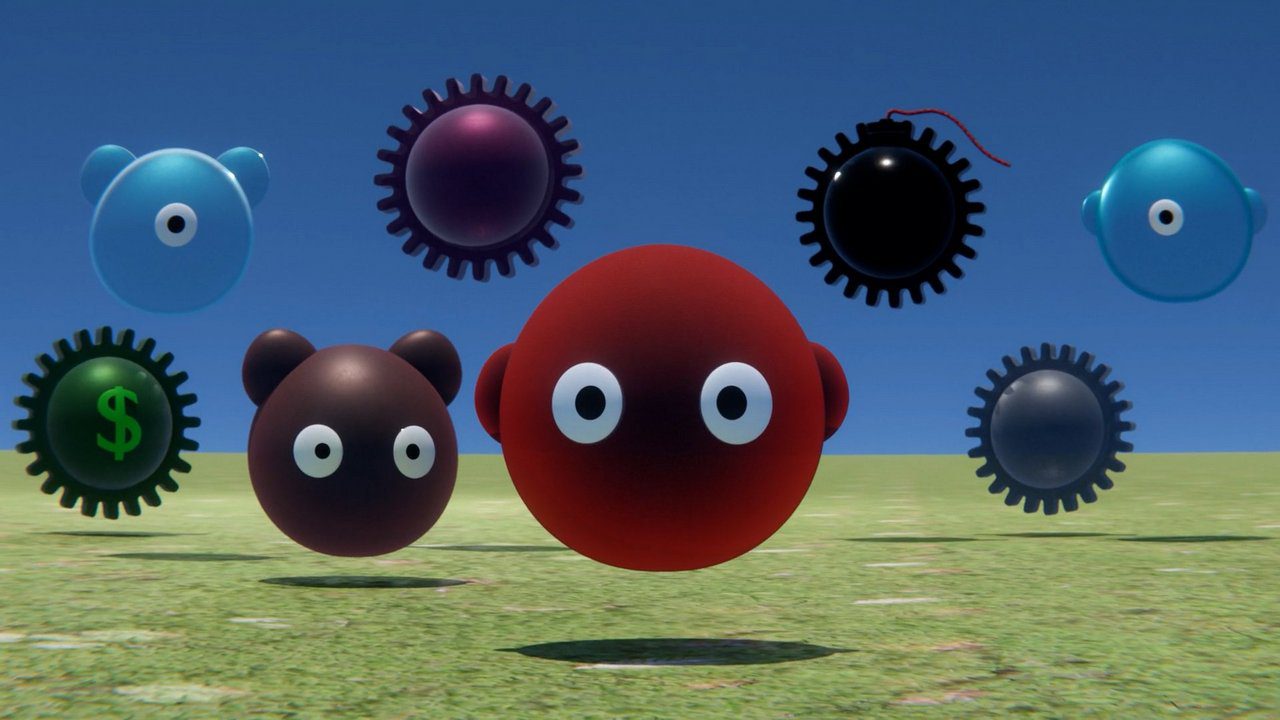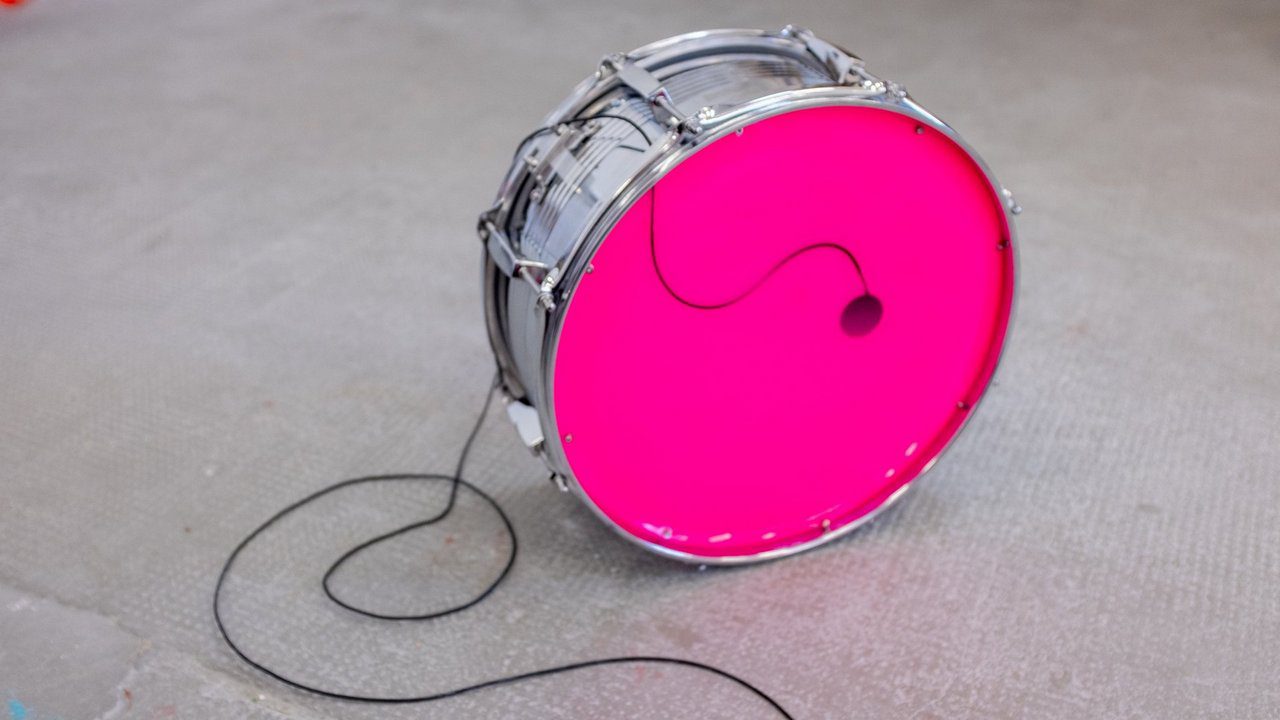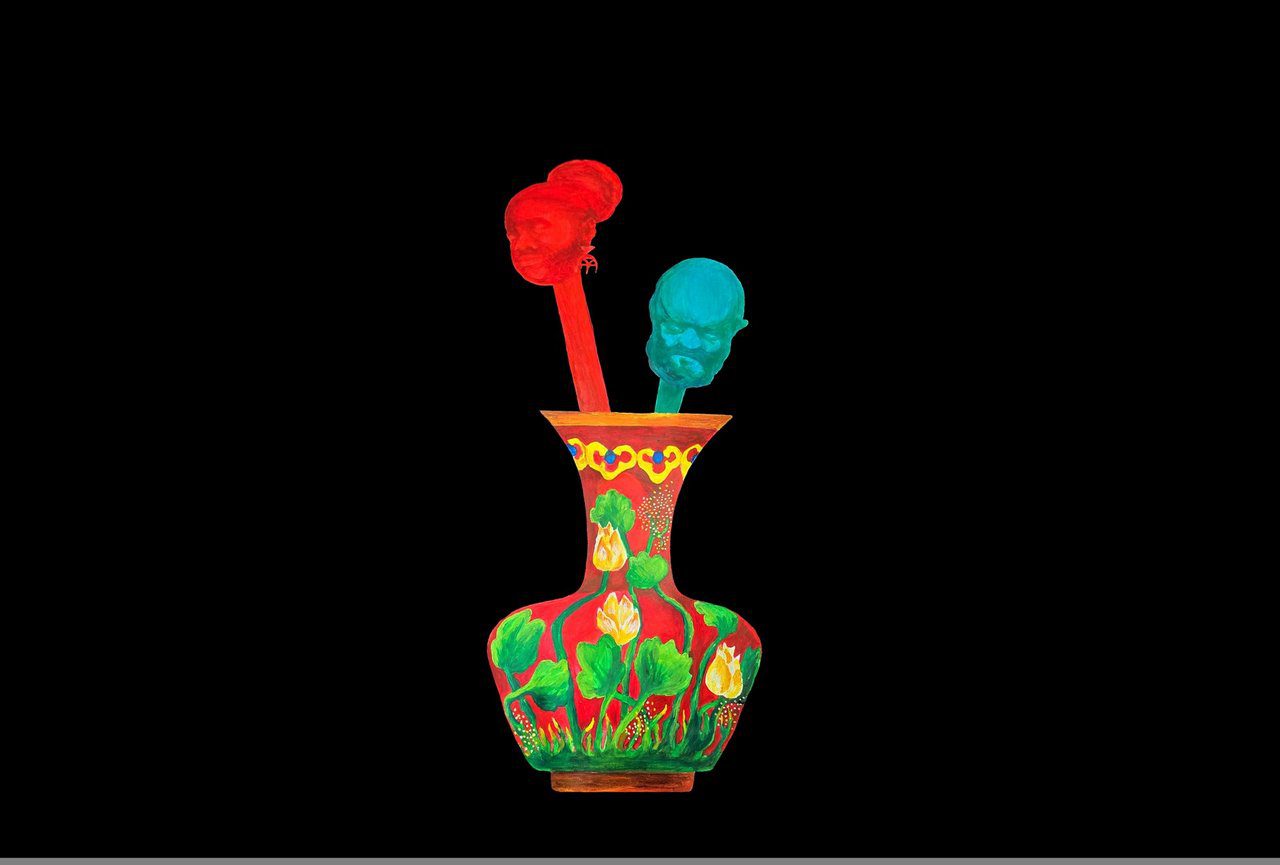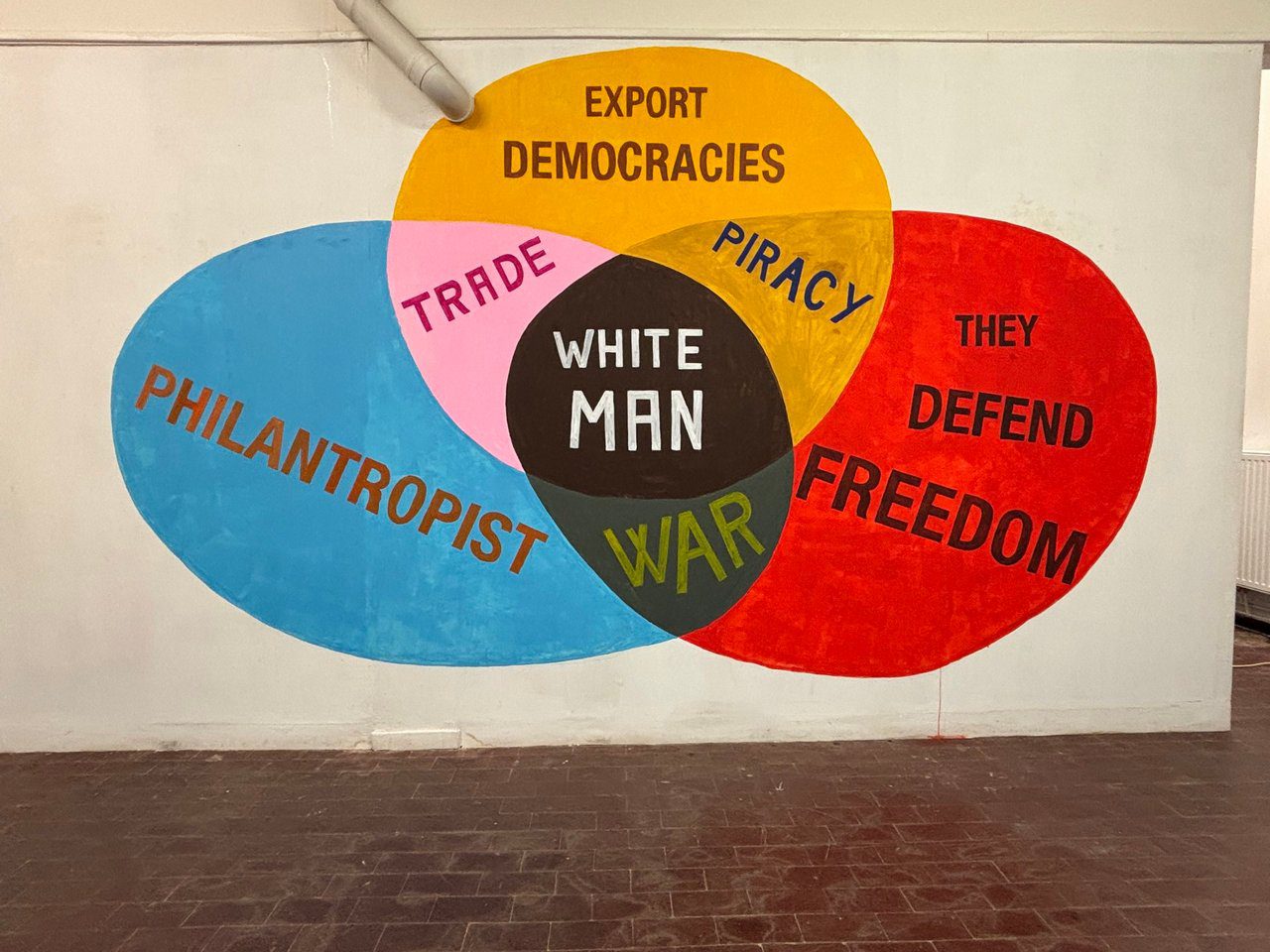BIENNALS: 36th Ljubljana Biennale of Graphic Arts
Founded in 1955, The Ljubljana Biennale of Graphic Arts is one of the oldest biennials in the world. With its activities, it positioned Ljubljana and Slovenian art into a global context, influenced the development of many similar events around the world and created an active network for the exchange of experience in the field of the graphic arts.
By Dimitris Lempesis
Photo: Ljubljana Biennale of Graphic Arts Archive
The Ljubljana Biennale of Graphic Arts is celebrating its 70th anniversary in 2025. Since its beginning in 1955, the Biennale has showcased the works of around 9,000 artists from 122 countries. Throughout its history, it positioned Ljubljana and Slovenian art into a global context and helped shape the international discourse in the fields of printmaking and contemporary art. In 2001, marking a significant shift from national selections to a curated exhibition format, the Biennale began commissioning new works, resulting in 245 new art pieces to date. This period also saw the involvement of 30 curators and the utilisation of 53 exhibition venues, reflecting the Biennale’s ongoing evolution as a space for experimentation, critical reflection, and inter-institutional collaboration. For the 36th edition of the Biennale :The Oracle: On Fantasy and Freedom” all works—apart from two—have been specifically produced for the Biennale and are new commissions to be seen for the first time this summer. “The Oracle” names and honours the symbolic place from where all beings wonder about the course of life. Because we care about tomorrow, we should assume we care about staying alive, about a world in peaceful coexistence. Times of increasing insecurity and the experience of living in a world that refuses to accept our needs give birth to many forms of escapism and misleading decision-making. Searching for big answers and the expectation of big movements capable of undoing the damage of wars and dark forces seems unrealistic. Art—all arts—assumes the existence of a tiny but meaningful spot from where to be free and dream and demand freedom and peace. This exhibition is about this tiny spot. This Biennale claims that every art and cultural manifestation is an oracle, a place we are given to reflect and ponder on how common good is possible, how a good life based on shared values is to be achieved. This Biennale is, then, an oracular place, a place for interpretation, and at the centre of “The Oracle” in Ljubljana is Žogica Marogica, “Speckles the Ball”. Žogica is a figure that embodies tradition, politics, and the need to invent systems able to transmit, educate, and connect people. Almost every citizen in Slovenia knows this puppet. A colourfl head-ball created by artist Ajša Pengov for a play, written by Jan Malík (1904–1980), that was staged at today’s Ljubljana Puppet Theatre in 1951 and that immediately became an incredible hit after its Ljubljana puppet and radio premiere, and that has now lived on the puppet stage for several decades. The puppetry traditions and their interest in inventing autonomous beings made by craft and fantasy have an enormous potential to reflect on many of the issues that affect the modelling of our world scenarios today: gaming technology; disembodied and autonomous intelligences capable of surpassing the human; analogue mass education in times of the digital; new forms of folklore to bond and dream together. Žogica, a puppet born out of the concern about who controls whom, connects the old dream of autonomy with the new nightmares around technology. When creating puppets, writer Ajša Pengov wondered: “Should puppets be operated by hands or strings? Should they be an extension of our human body or become independent?” Not modelled on the theatre of human actors, but autonomous in their movements and expressions. Ultimately, the eternal question of control and controlling instead of enabling, fostering, and enhancing peaceful and fertile ways of living is what concerns this Oracle.
Participating Artists: Gabi Dao, Silvan Omerzu, Svetlana Makarovič, Gabriel Abrantes, Canan, and Maria Arnal, Silvan Omerzu, Svetlana Makarovič, Joan Jonas, Miles Howard-Wilks, and Vesna Petrešin with Prof Dr Eugen Petrešin, Sinzo Aanza, Kathrin Siegrist, and Tarta Relena, Kathrin Siegrist, Maria Arnal, Silvan Omerzu, Ajša Pengov, Svetlana Makarovič, Noor Abed, Nohemí Pérez, Jane Jin Kaisen, Roman Khimei and Yarema Malashchuk, Juan Pérez Agirregoikoa, Aili Vint, Derek Tumala, Eduardo Navarro, Mladen Stropnik, Manuela Morales Délano, and Ema Kugler, Mayte Gómez Molina and Ingo Niermann, Svetlana Makarovič, Takeshi Yasura, Saelia Aparicio, and Nicole L’Huillier
Photo: Courtesy Ljubljana Biennale of Graphic Arts
Info: Curator: Chus Martínez, 36th Ljubljana Biennale of Graphic Arts, Venues: Chus Martínez MGLC, Grad Tivoli, MGLC Švicarija, Tivoli Park, Museum of Modern Art (MG+), City Art Gallery Ljubljana, Ljubljana, Slovenia, Duration: 6/6-12/10/2025, https://bienale.si/

